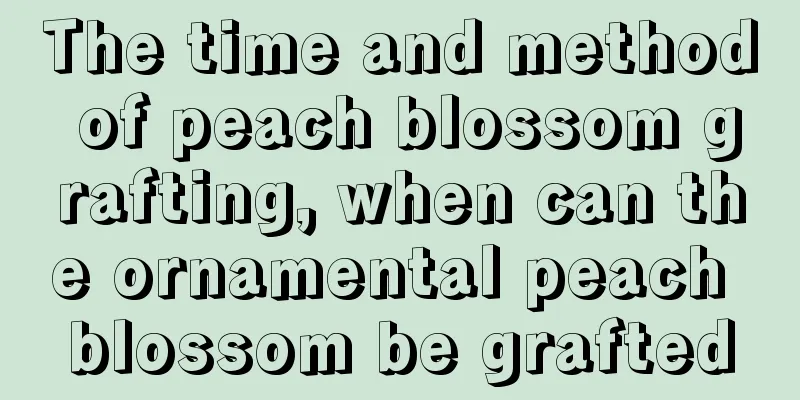Types of Plum Bonsai

Types of plum bonsai: Wandering PlumThe plum blossom trunk is required to be strong. When making it, the trunk is fixed with heald ropes, twisted to the right, and then the heald ropes are pulled upwards and tied to the appropriate position to fix the left bend. The trunk is then twisted to the left to form a right bend. Pull up the right-bend fixed heddle rope to form an S shape, and repeat the same method to complete the dragon body. Then trim the remaining branches accordingly for the dragon claws and tail. It will be done after years of modeling training. Types of plum bonsai: Rolling Dragon PlumChoose the Jade Butterfly Longyou Plum because its branches are all naturally twisted and do not require artificial shaping, only slight pruning every year is needed. Types of plum bonsai: PlumWhen the plum blossom seedlings are in the stage of being young, twist its main trunk from the rhizome into a circle, let the trunk grow upward, and slightly trim the branches. Production type of plum bonsai: split plumSelect the main trunk of a large plum tree, split it in half, and cultivate it with the roots. After being polished by wind, frost, rain and snow, the wood of the main trunk will rot and branches will grow on the back bark, then you can put it in the pot. Types of plum bonsai: Shunfeng plumThe main trunk of the plum blossom is curved and slanted, and the twigs control it and pull it downward, changing its growth direction. Types of plum bonsai: Weeping plum bonsaiChoose the weeping plum variety, use straight-branch plum to cultivate the bamboo trunk and side branch skeleton, then bud-graft other weeping branches onto the twigs, and then prune. Types of plum bonsai: exposed root plum bonsaiWhen the seedlings are young, use ropes to tie the thick roots into an eagle claw shape and plant them under the ground, forming a mound of soil around the roots that is higher than the surface of the pot. As the roots grow, the soil on the surface of the pot decreases and the roots slowly become exposed. |
<<: Tips for shaping bougainvillea bonsai
>>: How to grow raspberries in pots
Recommend
How to water the fortune tree
Tips for watering the fortune tree The money tree...
How to grow sea daffodils
1. Maintenance conditions 1. Soil: The soil requi...
Method of hydroponic cultivation of Dendrobium officinale
1. Hydroponic method 1. Choose hydroponic Dendrob...
Early spring cucumber seedling raising schedule
Cucumber planting area ranks first among melon ve...
When do hollyhocks planted in spring bloom?
1. Flowering time Generally speaking, plants plan...
Can mugwort be planted in the yard?
Can I grow mugwort in the yard? Mugwort can be pl...
Difference Between Dianthus and Carnation
1. Dianthus It is a perennial plant belonging to ...
How to grow more fruits in Buddha's hand
Buddha's hand needs pruning to promote branch...
The flower language and meaning of June Snow, and what are the legends?
1. Flower language and meaning 1. An indispensabl...
What are the cultivation methods and precautions of Yulu?
Gyokuro Introduction Jade plant is a succulent pl...
How to water the flying feather arrowroot
Watering tips for the feather calathea The Feathe...
Is Osmanthus fragrans a plant that likes shade or sunlight?
Does Osmanthus fragrans prefer shade or sun? Osma...
What are the cultivation methods and precautions of Buddhist beads?
How to cultivate Buddhist beads Buddhist beads li...
The difference between wrinkled papaya and smooth papaya
1. Difference of blades The leaves of wrinkled pa...
How to make chrysanthemum tea
Picking chrysanthemums and drying them Clean up t...









